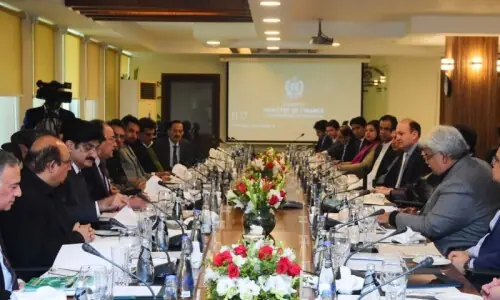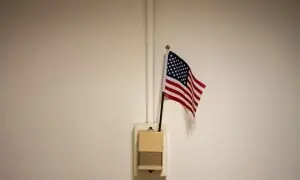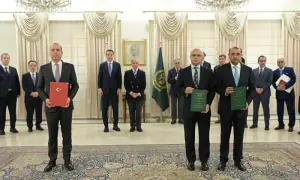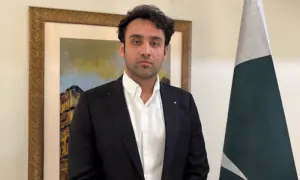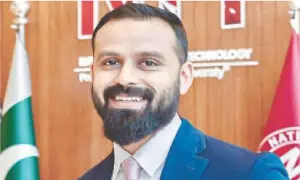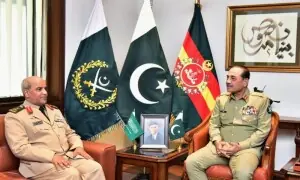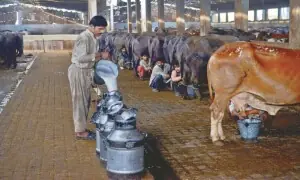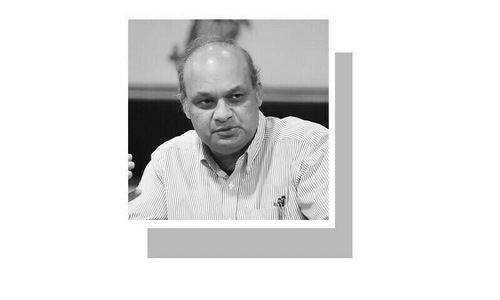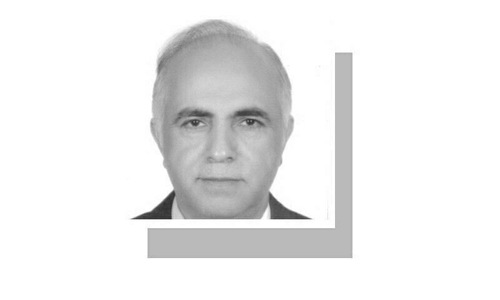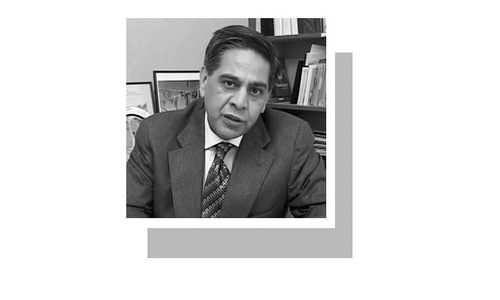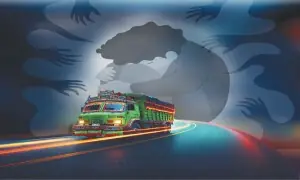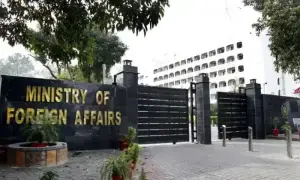For whom the bell tolls
The 16th day of April 1853 is special in the Indian history. The day was a public holiday. At 3:30 pm, as the 21 guns roared together, the first train carrying Lady Falkland, wife of Governor of Bombay, along with 400 special invitees, steamed off from Bombay to Thane.Ever since the engine rolled off the tracks, there have been new dimensions to the distances, relations and emotions. Abaseen Express, Khyber Mail and Calcutta Mail were not just the names of the trains but the experiences of hearts and souls. Now that we live in the days of burnt and non functional trains, I still have few pleasant memories associated with train travels. These memoirs are the dialogues I had with myself while sitting by the windows or standing on the doors as the train moved on. In the era of Cloud and Wi-fi communications, I hope you will like them.
______________________________
This is part two of a two-part series on Jalalpur Jattan. View part one here.
Baisakhi is by and large the biggest festival of Jalapur Jattan. The whole city puts on color and happiness. Over loaded boats ferry the farmers, traders, shopkeepers, craftsmen, women and children of Daur and Sambrial, from one bank of Chenab to the other. The pathways are lined with limestone and blends of light colors define the mood, all without an event manager. Next to poorly assembled and gaily painted Ferris wheel, a child is crying out loud. He is the son of Ram Saran, the well-known moneylender of Jalalpur. Panicked by the rush, the child sobs, non-stop. Fifty years later, he will be a successful entrepreneur and a man mature enough. Baisakhi, by then, will cease to exist as a seasonal celebration and will be endorsed in state-issued diaries as a religious festival. This child, the son of Ram Saran, will come again for this religious festival. He will have to appear in the High Commission and obtain a visa for an event which hardly required his mother’s permission few decades back. Standing in the heart of Jalalpur, he will again cry out loud, this time not because of rush, but of loneliness. He is tricked by time and is surprised as to how a seasonal celebration can now be just a religious festival?
Next is Ronti Mohallah, a wall was constructed and a common passage was blocked after the decision was taken by the Panchayat. The panchayat, predominantly Muslim, opined that every Eid, people carried beef to other parts of the city through this street and it hurts the Hindu sentiment, so a wall should be constructed and this path needs to be blocked. After almost half a century, a mob will rise and arm itself to demolish the wall and fighting will erupt. On one side will be the old residents of Jalalpur, in their 70s, who want to retain a tradition of tolerance despite the fact that all the Hindus are gone and on the other side, new residents will stand, reminding everyone that Pakistan is the sole fortress of Islam. The wall will collapse some days later, unknowingly.
Boodhraj Hospital is another side of the city. Jeevan Sabharwal, a resident of Jalalpur was serving at Lahore when he met Gandhi. The leader reflected on the sorry state of the health and education of Indians. On his return, Jeevan Sabharwal declared that now on, every boy will become a doctor and will only take a lady doctor as wife. Boodhraj was the first doctor of the family and he established a hospital here in Jalalpur. Rebellions will follow, threats, coercions, abandoning home and disappearances will come along the way but tradition will carry its day. Willingly or unwillingly, all the boys will make a career in medicine and all the daughters-in-law of the Sabharwal clan will be lady doctors. This family alone will boost 500 doctors.
Boodhraj Hospital, here at Jalalpur, does not have any off-timings. This one man healthcare facility is nothing but comfort and healing. Patients show up from far flung areas with no regard for timings and Boodhraj treats them with equal warmth and care, with no regard to his comfort. After partition, the hospital will be occupied by four to five families. Initially they will demolish the waiting area, then the construction, demolition, and reconstruction will carry on for few years. The ever expanding families will, subsequently, eat up the entire place. Boodhraj will move to India and establish a series of hospitals, all around Dehli. Named after the visionary father, Jeevan Sabharwal, these hospitals will have packed OPDs. Patients will leave him no time to remember, what he had left behind. His routine will only alter at the mention of Jalalpur or any visitors from that area. Those days, he will sit the whole day long with the new comer from Jalalpur and listen about his birthplace. His involvement and attention resembles that of a child engrossed in a fairy tale.
The 1940s was a story of remorse, scars, hatred and divisions, so I opted to return to 2012. Between the Boodhraj Hospital and the medical centers that now flood the city, Dr Skinner`s Schilokh Hospital looked after the sick and wounded of the city. Dr Skinner returned to Scotland and was replaced by Miss Margaret Nutter. She stayed on for 12 years and went back in 1978. Last year she visited the city, the plight of the hospital worried her but the warmth of her friends cheered her up. The tradition of tolerance has not completely vanished from the city, ceremonies at church are still filled by the Muslims.
Jalalpur has not changed much. The wrestlers, Sitar and Dhussas are long lost in the dust of time, and fewer buildings remain. The houses, inside the city, have been taken over by the illegal occupants and those out of the city are home to wayward addicts. High on drugs, they often live through various time periods with their smoky eyes. They negotiate, with their slurred speech, to decision makers of past, Alexander of Macedonia, Chandra Gupta of Maurya and Rani Jindan of Khalsa. Deep inside the city, unplanned, non-aesthetic and diagonally constructed walls block access to some of the world’s finest wooden doors. Simmering with loneliness, these master-pieces are etched with hearts and souls. Kashmiri wood has tanned with time but the decorative patterns remain fresh. On close examination, very fine lines can be seen, these are either the wrinkles raised by time or the unending trauma of waiting on those, who left without a note. However subtle, the lines carry the message. I touched the door, felt the wetness and carried some of the tears in my tissue paper. If only doors could talk ...
Note: Another side of the city is Ashfaq Ayaz, a cop who is a one man heritage museum of Jalalpur. This historical narrative could have never transpired without him.

The views expressed by this blogger and in the following reader comments do not necessarily reflect the views and policies of the Dawn Media Group.



